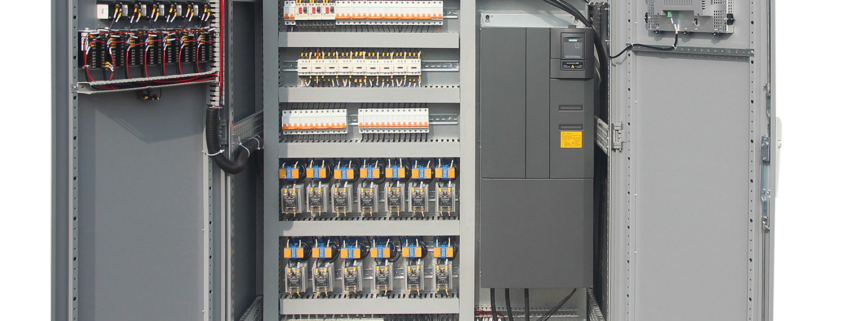Electrical Design Automation
Electrical Design Automation
Electrical design automation (EDA) is an important technology that enables engineers and designers to develop electrical and electronic systems more quickly and with higher quality. It has become increasingly necessary in the modern world as companies strive to meet ever-increasing product demands in a timely manner. EDA helps engineers create better designs faster, with improved accuracy and reliability, allowing them to stay competitive in the global market.
EDA consists of several components including software tools that help automate design tasks, hardware components such as printed circuit boards (PCBs) or integrated circuits (ICs), and design data management systems. It also includes a variety of methods for analyzing electrical systems including simulation, verification, optimization, DfT/DFA analysis, power integrity analysis, etc. With these automated capabilities, engineers can save time and money while achieving greater productivity.
Electrical design automation is a process of automating the design of electrical systems. It enables the efficient and cost-effective development of electrical components and systems. With its help, engineers are able to create designs faster and more accurately, thus reducing the time taken for product development. Electrical design automation also enables companies to reduce costs, increase design quality, and improve their competitive position in the market. By using this technology, engineers can create complex circuits with fewer errors in less time than traditional methods. This will allow them to focus on more important tasks while still ensuring that their products meet all requirements.
Electrical design automation (EDA) is a powerful tool that helps engineers streamline the process of designing and manufacturing complex electronic systems. EDA combines computer-aided design (CAD) with electronic computer-aided engineering (ECE) to create a powerful system that automates many of the previously time-consuming and tedious tasks associated with electrical design. By using algorithms to analyze data, EDA can quickly calculate power, voltage, current, resistance and other parameters in order to determine the best possible electrical components for any given application.
This allows designers to work more efficiently and accurately while also reducing costs associated with prototyping and manufacturing. Electrical design automation is essential for modern electronics manufacturing processes, allowing engineers to rapidly develop new products at a fraction of their traditional cost.




Leave a Reply
Want to join the discussion?Feel free to contribute!